1. Introduction
Control valves are the final control elements in process automation, typically consisting of an actuator, valve body, internal trim, and accessories.
Accessories such as positioners, solenoid valves, quick exhaust valves, and air reservoirs are critical in ensuring reliability, safety, and fast response. This document summarizes the key accessories and demonstrates typical pneumatic circuit configurations for anti-surge control systems.
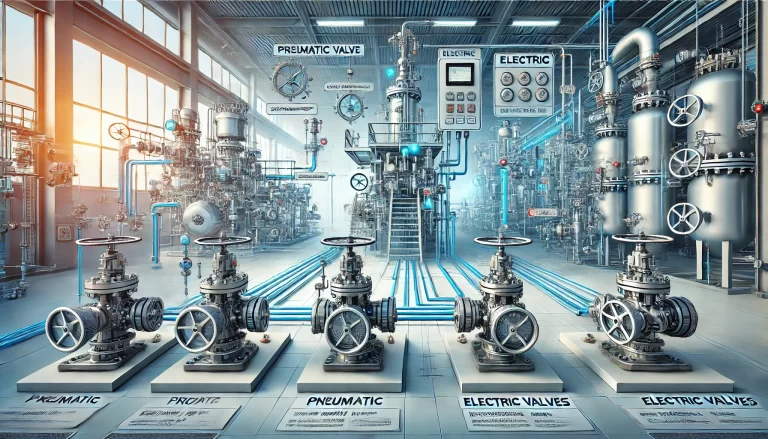
2. Classification of Control Valve Accessories
2.1 Signal & Control Devices
Valve Positioner
Types: pneumatic, electro-pneumatic, smart positioners
Function: ensures accurate valve position through feedback control
Solenoid Valve
Used in remote control, interlock, and emergency shutdown
Configurations: direct-acting, pilot-operated, 3/2-way, 5/2-way
Limit Switch
Provides ON/OFF position feedback for interlocks and alarms
Figure 3 — Mechanical vs. Proximity Limit Switch
Valve Position Transmitter
Converts stem travel or angle into 4–20 mA signal for monitoring
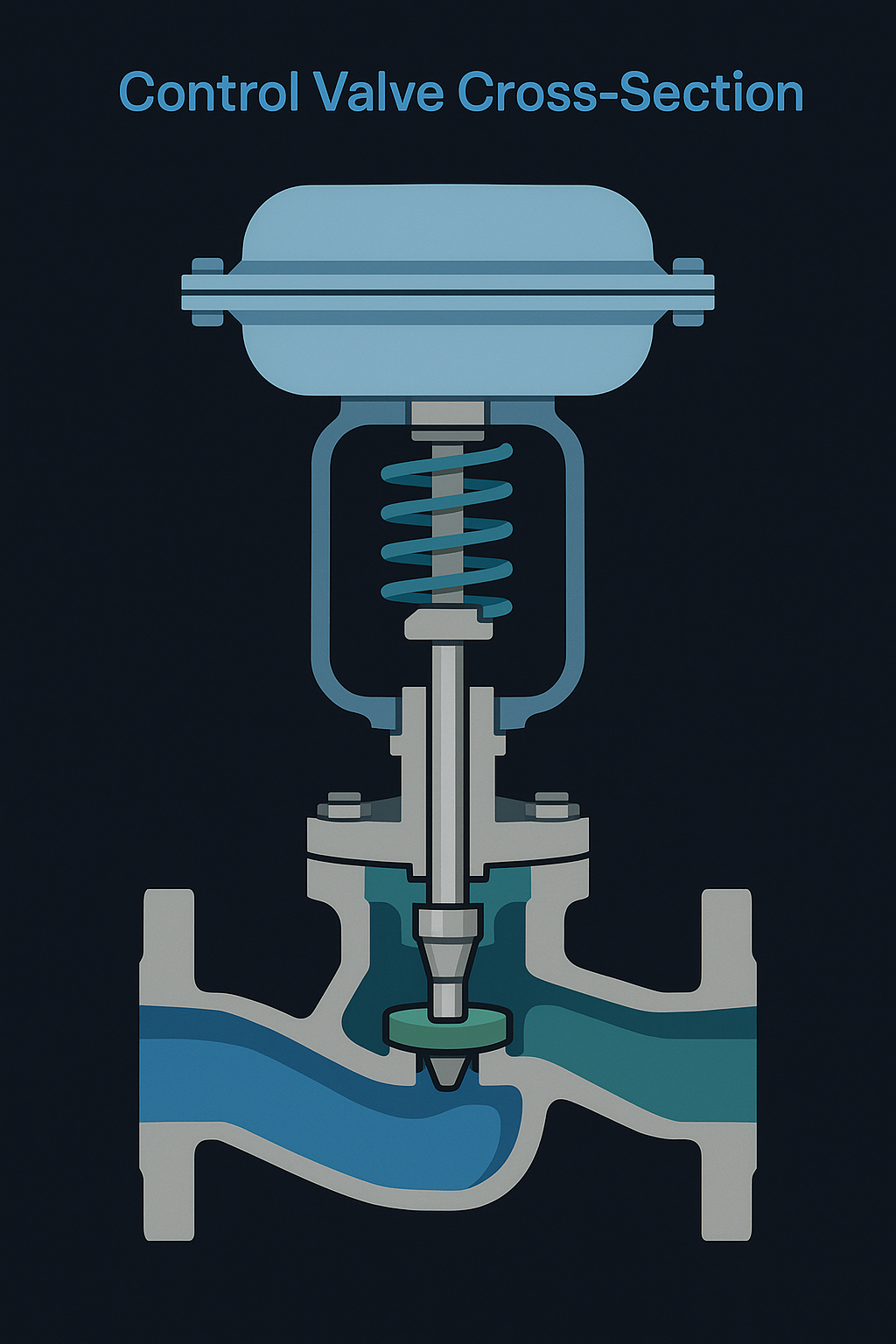
2.2 Air Supply & Pressure Regulation
Filter Regulator (FR)
Removes impurities, stabilizes supply pressure
Air Reservoir (Tank)
Provides backup air supply in case of source failure
Ensures valve completes fail-safe action
Check Valve
Allows airflow in one direction, prevents backflow
Quick Exhaust Valve
Accelerates actuator response by venting directly to atmosphere
Volume Booster / Amplifier
Increases air flow to actuator for rapid stroke response
Air Lock Valve (Fail Position Holder)
Maintains valve position during air failure
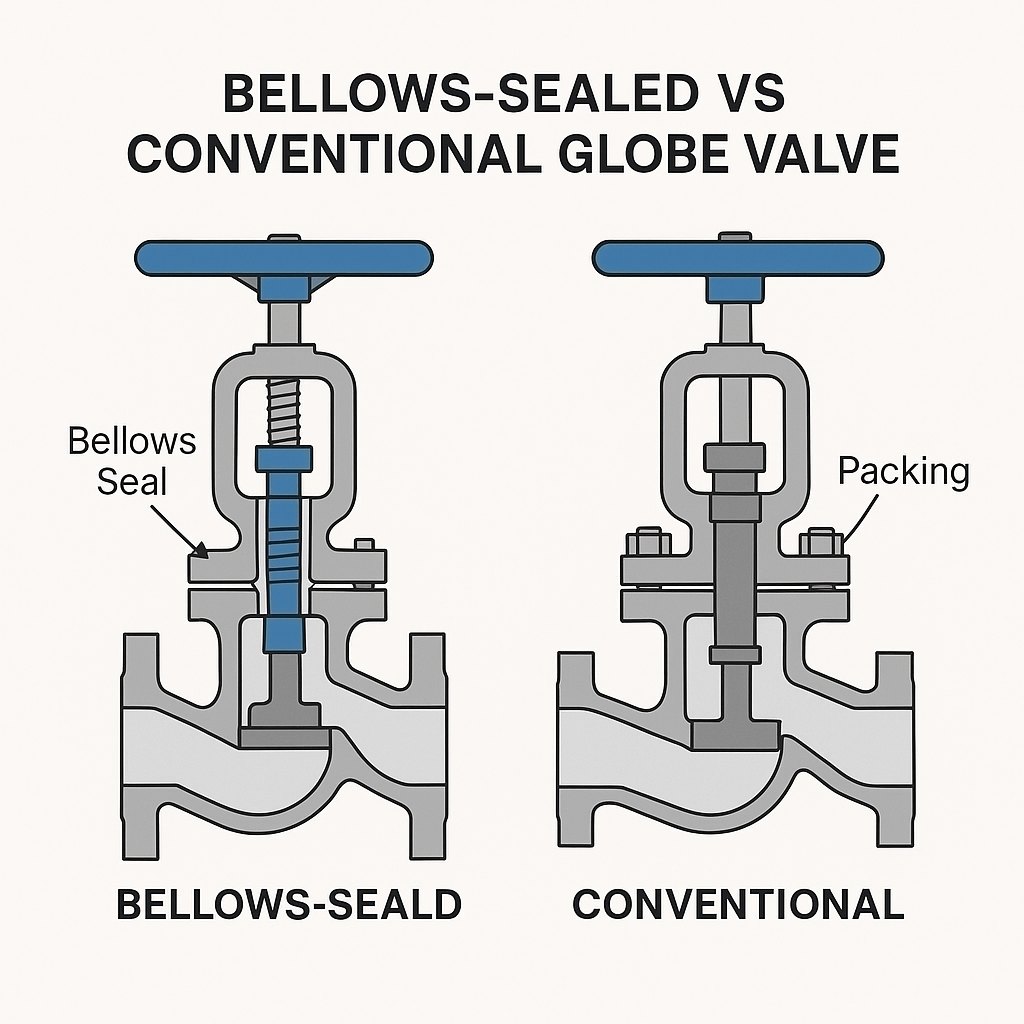
3. Typical Pneumatic Circuits
3.1 Anti-Surge Valve for Compressors (≤14″ Size)
Normal Operation:
4–20 mA signal → Positioner → Solenoid Valve → Booster → Actuator
Valve modulates smoothly according to signal
Fast-Open Function:
Solenoid de-energizes → Quick exhaust valve + solenoid venting → Valve rapidly opens
3.2 Anti-Surge Valve for Large Compressors (>20″ Size)
Normal Operation:
Digital positioner output → Pneumatic relay (377) → Booster → Double-acting actuator
Fast-Open Function:
Solenoid & relay cut air supply, air reservoir discharges → Quick exhaust venting → Valve rapidly opens
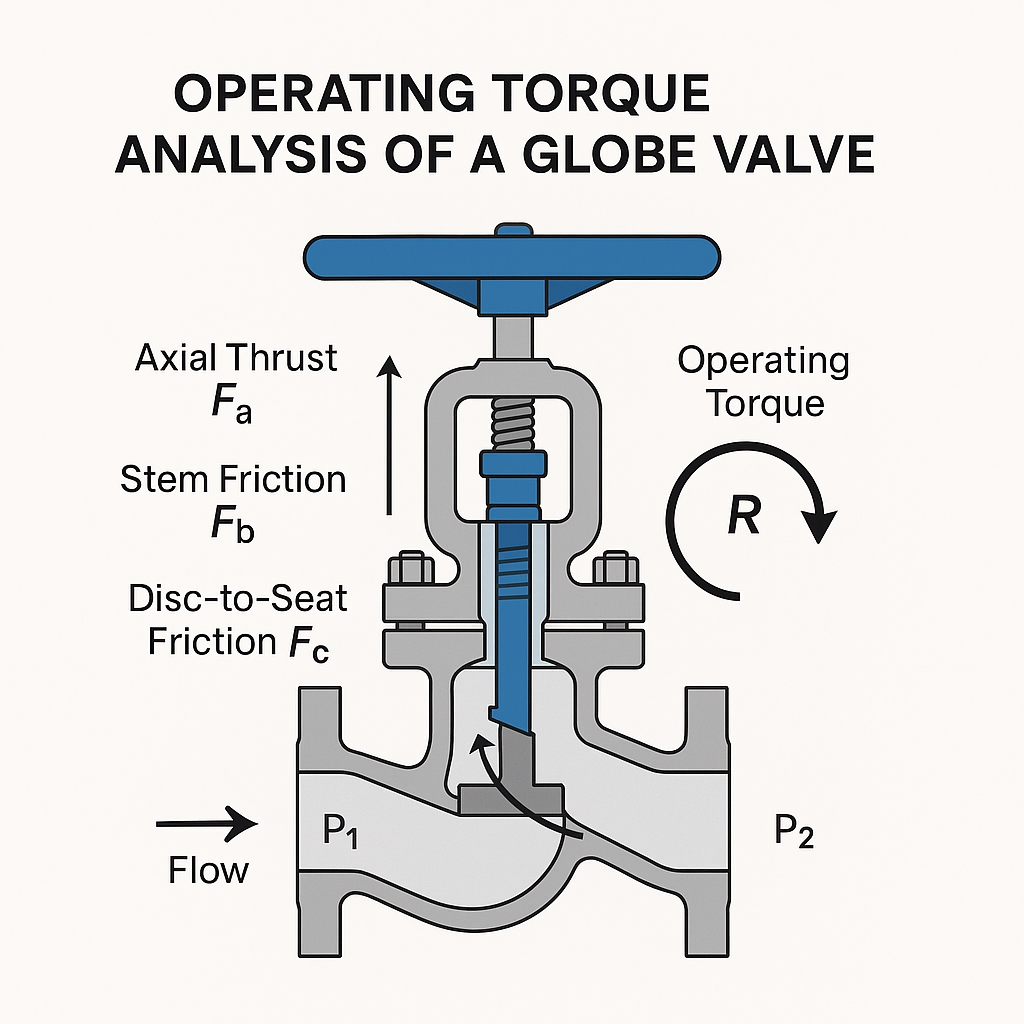
4. Engineering Notes & Best Practices
Select accessories according to safety integrity level (SIL) requirements
Ensure explosion-proof rating and IP protection level meet site standards
Redundancy:
Safety priority: series logic for solenoid valves
Availability priority: parallel logic
Install pressure gauges for monitoring air lock and actuator chamber pressures
Reserve space for maintenance and inspection when installing air tanks and pipelines
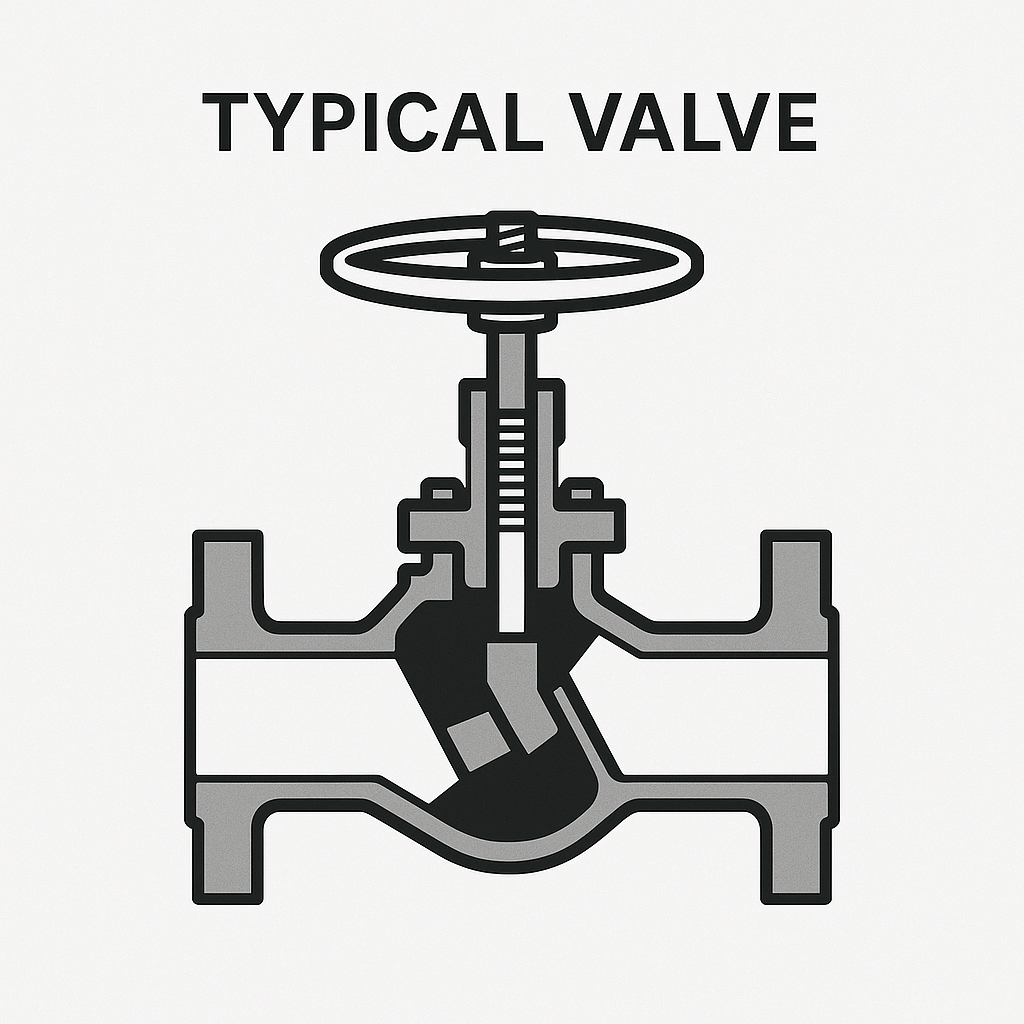
5. Conclusion
A properly designed pneumatic circuit with suitable valve accessories enhances:
Safety (fail-safe positioning, interlock reliability)
Responsiveness (fast opening/closing functions)
Reliability (clean air supply, redundancy design)
Maintainability (standardized accessories, clear layout)
By understanding and correctly applying these components, engineers can ensure stable process control and protect critical equipment such as compressors.
